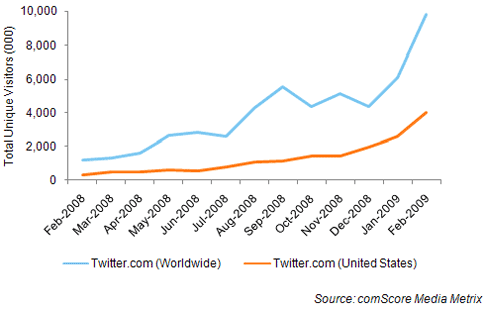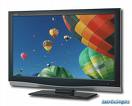Lots of news out of the consumer electronics show in Las Vegas last week. And a research study confirming what many of us know –older people are using technology and at similar rates to younger people. They may be slower to adopt technology, but once they do, they integrate it into their life.
We’ll be covering boomers and technology at the Boomer Summit on March 19. The results of this survey confirm that technology can be a great way to reach this market and should be part of the marketing strategy of any company trying to cultivate boomer and senior customers. So plan on joining us there to hear more about how boomers are using technology including online social networking and search. www.boomersummit.com
TNS Compete and the Consumer Electronics Association (CEA)® joint study, “Greying Gadgets: How Older Americans Shop for and Use Consumer Electronics” reveals that the age segments of 50-somethings, 60-somethings and 70+ use many technologies at or near comparable rates as younger age segments.
Consumers in their 50s are as likely to own, or plan on buying, an HDTV as those under 50.
Eighty percent of 60-somethings used a cell phone in the past week, nearly equal the usage rates of 18-34 year olds.
Additionally, 71 percent of 60-somethings and 52 percent of 70-somethings used a search engine in the past week, compared to 77 percent of 18-34 year olds.
Not all technologies have comparable usage rates among age groups. Younger demographics are much more likely to play video games, use portable MP3 players and visit certain websites, and their usage rates of social networking sites nearly double the older age segments.
“In any environment, but particularly one with difficult market conditions, companies need to learn more about how to effectively reach this critical segment of older consumers,” said Elaine Warner, director, consumer technologies, TNS Compete.
The study also showed that the majority of older Americans are comfortable researching and purchasing electronics products. Across all demographics, the Internet is an integral part of the research process. Older Americans do, however, rely more heavily on in-person information sources. Sixty-three percent spoke with a sales associate in-person when researching their consumer electronics purchase, compared to 47 percent of those aged 18-49.
Older consumers reported a higher level of frustration with the complexity of technology. Sixty percent of consumers aged 50 and older indicated that a product having too many features was a main reason for being frustrated with technology, compared to 39 percent of consumers aged 18-49.
“While satisfaction with CE products is high, frustrations do exist and this should be viewed as an opportunity for companies to seek ways to better address the technology needs of older Americans,” said Tim Herbert, CEA’s senior director of market research.
A webinar on the survey is being held Thursday, February 5th at 2pm EST . To register for the webinar visit: http://compete.na3.acrobat.com/cetech/event/event_info.html.
 Have we finally broken the cylce of early technology adoption always begins with the younger generation? The latest Comscore numbers show strong use of Twitter by younger boomers.
Have we finally broken the cylce of early technology adoption always begins with the younger generation? The latest Comscore numbers show strong use of Twitter by younger boomers.

 Caregiving is taking its toll on their marriages, draining their bank accounts and increasing sibling squabbles as one-in-two baby boomers take care of an aging parent.
Caregiving is taking its toll on their marriages, draining their bank accounts and increasing sibling squabbles as one-in-two baby boomers take care of an aging parent.